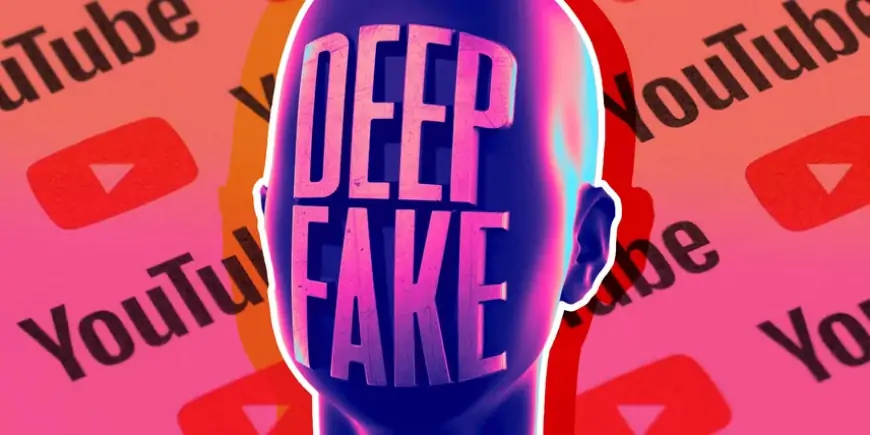YouTube introduces policy to remove AI Deepfakes of individuals upon request
YouTube's new policy allows individuals to request the removal of AI-generated deepfakes featuring them, enhancing user control over digital identities.

YouTube has implemented a new policy allowing users to request the removal of AI-generated replicas of themselves from videos, addressing growing concerns over synthetic media's impact. This move underscores YouTube's ongoing efforts to manage the proliferation of deepfakes and other AI-generated content, which can potentially mislead viewers and infringe on individuals' privacy rights. The platform has also introduced tools for creators to disclose the use of synthetic media and is testing a crowdsourced notes feature to identify videos containing AI content. This proactive approach aims to safeguard user trust and ensure responsible content sharing across the platform.
Privacy problems
When individuals depicted through AI tools or their legal representatives submit a privacy complaint, YouTube may take down the content, usually within two days. Content creators are required to either remove the likeness or the entire video upon receiving the complaint; failure to act prompts YouTube to review the complaint's validity.
However, removal isn't guaranteed. YouTube considers various factors, such as whether the video acknowledges its AI origins, uniquely identifies a person, parodies or satirizes, or involves a public figure engaged in criminal activity or endorsing others. It's important to note that privacy complaints are distinct from Community Guidelines strikes, which aren't automatically issued for privacy violations but repeated offenses could lead to a ban from the platform. This approach reflects YouTube's ongoing efforts to balance user privacy concerns with freedom of expression on its platform.












































